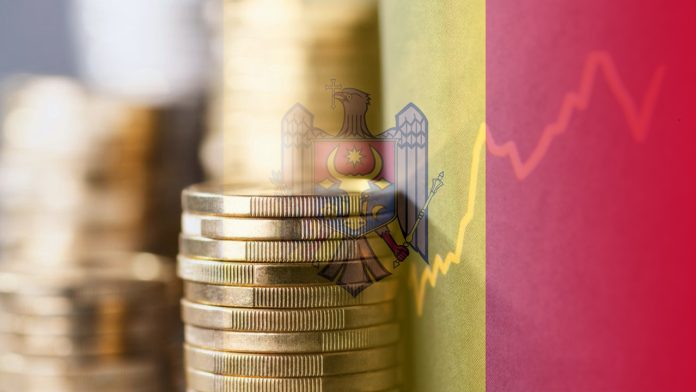The direct state debt of the Republic of Moldova towards international organizations decreased by -1.5%, to 2.4 billion dollars in the first quarter of the year, according to the data of the National Bank of Moldova, writes the BANI.MD portal.

State debt to the IMF decreased in January-March by 1.2% to 810.02 million, to the International Development Association (AID), a member of the World Bank Group, decreased by 2.1% – from $701.41 million to $686.91 million, and to the European Investment Bank – down 0.7% – from $390.71 million to $388.12 million. The government’s direct debt to the European Commission decreased by 1.7% – from $158.53 million to $155.79 million, to the European Bank for Reconstruction and Development decreased by 2.3% – from 128.76 million dollars to 125.8 million dollars, and compared to the International Bank for Reconstruction and Development (IBRD), part of the WB group, it decreased by 1.9% – from 112.08 million dollars to 109 .97 million dollars.
The debt to the Development Bank of the Council of Europe decreased by 2.3% – from 80.38 million dollars to 78.52 million dollars, and to the International Fund for Agricultural Development (IFAD) – by 0.6% – from $76.7 million to $76.25 million.
Moldova’s external debt still has room for growth
In an analysis, Expert Grup claims that the external debt of the Republic of Moldova is not that big. According to the analytical center, the external state debt amounted to 2.6 billion dollars (49.064 billion lei) or 19% of GDP on March 31, 2022 (the ceiling is 55%). The ratio of this to annual exports of goods and services was 57% (240% limit).
At the same time, the internal debt amounted to 33 billion 635 million lei (14% of GDP). Thus, the total state debt (internal and external) was 82 billion 699 million lei (33% of GDP). According to IMF forecasts from May, by the end of 2022, the total debt will amount to 38% of GDP, and by the end of 2023 – 41%. Thus, external government debt is expected to remain well below the 55% limit, even if all announced external borrowing is taken into account. Also, the Expert Group emphasizes that servicing the external state debt is not too expensive. The interest rates that Moldova pays to international financial institutions are usually set on favorable terms and are low (or even negative, if inflation is taken into account). The average interest rate on external government debt in recent years is 1.2-1.6% per year, which is lower than the average rate of economic growth (3-4% per year, except for 2020), which means that our external government debt service capacity is growing faster than the service capacity.
FOR THE MOST IMPORTANT NEWS, SUBSCRIBE TO OUR TELEGRAM CHANNEL!
Overall, the external state debt service, including loan repayment and interest payments, constituted 5-6% of state budget revenues in recent years, which is considerably lower than the critical level of 23% recommended by the IMF and the World Bank.



